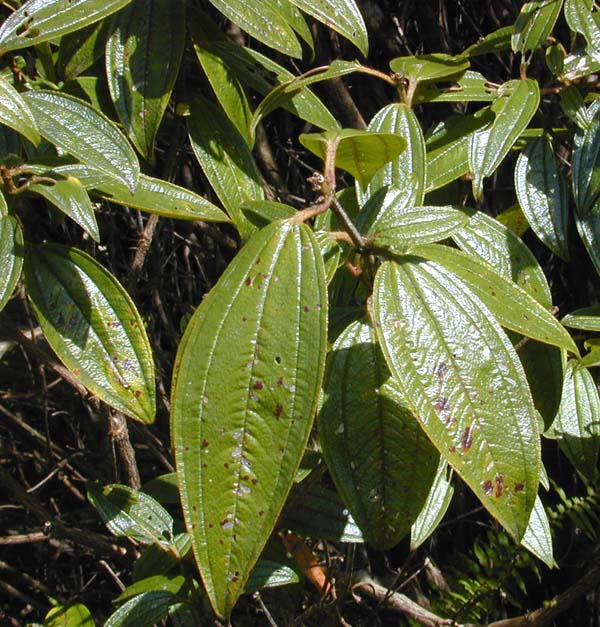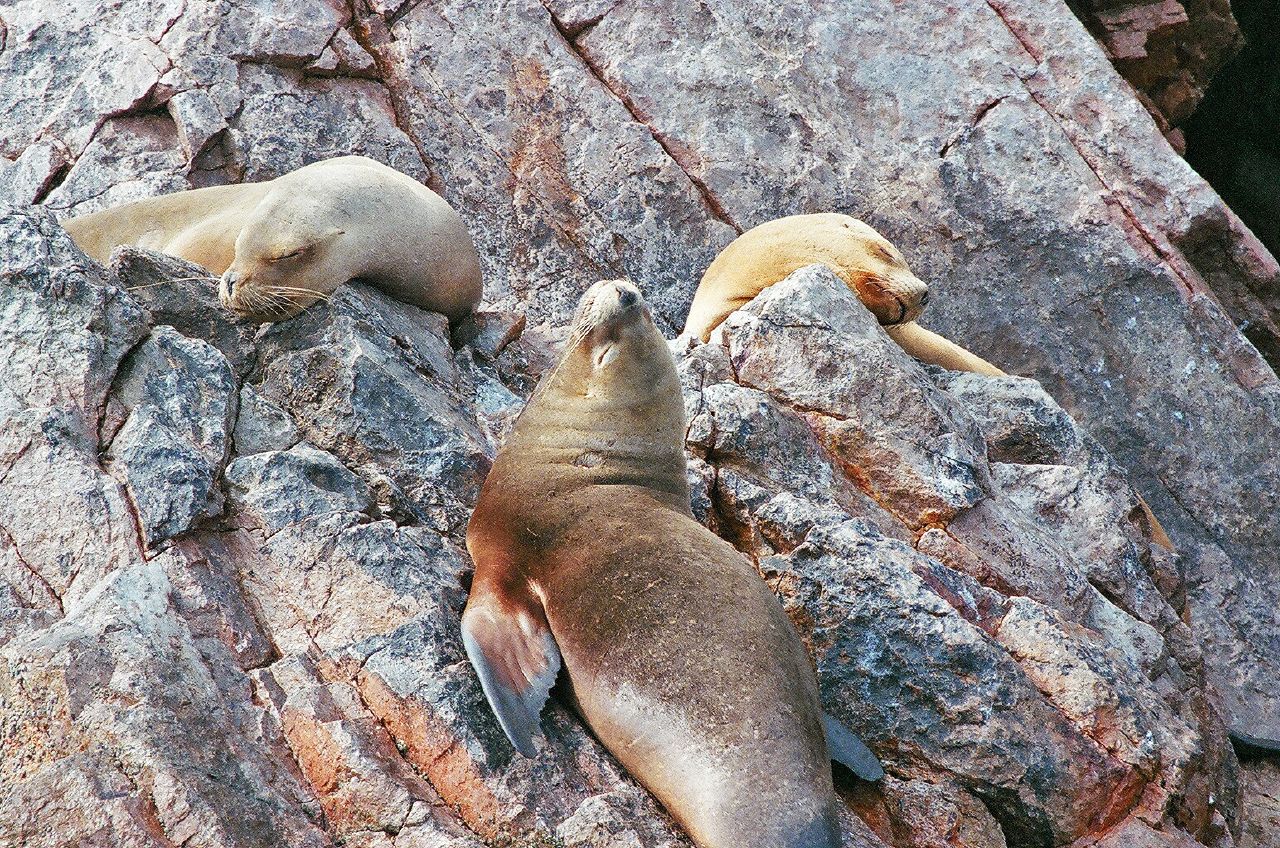|
Miconia Ciliata
''Miconia ciliata'' is a species of shrub in the family Melastomataceae. It is native to North and South America South America is a continent entirely in the Western Hemisphere and mostly in the Southern Hemisphere, with a considerably smaller portion in the Northern Hemisphere. It can also be described as the southern Subregion#Americas, subregion o .... References {{Taxonbar, from=Q15393948 ciliata Flora of Peru Flora of Brazil Flora of Trinidad and Tobago ... [...More Info...] [...Related Items...] OR: [Wikipedia] [Google] [Baidu] |
Shrub
A shrub or bush is a small to medium-sized perennial woody plant. Unlike herbaceous plants, shrubs have persistent woody stems above the ground. Shrubs can be either deciduous or evergreen. They are distinguished from trees by their multiple Plant stem, stems and shorter height, less than tall. Small shrubs, less than tall are sometimes termed as subshrubs. Many botany, botanical groups have species that are shrubs, and others that are trees and herbaceous plants instead. Some define a shrub as less than and a tree as over 6 m. Others use as the cutoff point for classification. Many trees do not reach this mature height because of hostile, less than ideal growing conditions, and resemble shrub-sized plants. Others in such species have the potential to grow taller in ideal conditions. For longevity, most shrubs are classified between Perennial plant, perennials and trees. Some only last about five years in good conditions. Others, usually larger and more woody, live beyond ... [...More Info...] [...Related Items...] OR: [Wikipedia] [Google] [Baidu] |
Melastomataceae
Melastomataceae () is a family of dicotyledonous flowering plants found mostly in the tropics (two-thirds of the genera are from the New World tropics) comprising c. 175 genera and c. 5115 known species. Melastomes are annual or perennial herbs, shrubs, or small trees. Description The leaves of melastomes are somewhat distinctive, being opposite, decussate, and usually with 3-7 longitudinal veins arising either from the base of the blade, plinerved (inner veins diverging above base of blade), or pinnately nerved with three or more pairs of primary veins diverging from the mid-vein at successive points above the base. Flowers are perfect, and borne either singly or in terminal or axillary, paniculate cymes. Ecology A number of melastomes are regarded as invasive species once naturalized in tropical and subtropical environments outside their normal range. Examples are Koster's curse (''Clidemia hirta''), '' Pleroma semidecandrum'' and '' Miconia calvescens'', but many othe ... [...More Info...] [...Related Items...] OR: [Wikipedia] [Google] [Baidu] |
North America
North America is a continent in the Northern Hemisphere, Northern and Western Hemisphere, Western hemispheres. North America is bordered to the north by the Arctic Ocean, to the east by the Atlantic Ocean, to the southeast by South America and the Caribbean Sea, and to the south and west by the Pacific Ocean. The region includes Middle America (Americas), Middle America (comprising the Caribbean, Central America, and Mexico) and Northern America. North America covers an area of about , representing approximately 16.5% of Earth's land area and 4.8% of its total surface area. It is the third-largest continent by size after Asia and Africa, and the list of continents and continental subregions by population, fourth-largest continent by population after Asia, Africa, and Europe. , North America's population was estimated as over 592 million people in list of sovereign states and dependent territories in North America, 23 independent states, or about 7.5% of the world's popula ... [...More Info...] [...Related Items...] OR: [Wikipedia] [Google] [Baidu] |
South America
South America is a continent entirely in the Western Hemisphere and mostly in the Southern Hemisphere, with a considerably smaller portion in the Northern Hemisphere. It can also be described as the southern Subregion#Americas, subregion of the Americas. South America is bordered on the west by the Pacific Ocean, on the north and east by the Atlantic Ocean, and to the south by the Drake Passage; North America and the Caribbean Sea lie to the northwest. The continent includes twelve sovereign states: Argentina, Bolivia, Brazil, Chile, Colombia, Ecuador, Guyana, Paraguay, Peru, Suriname, Uruguay, and Venezuela; two dependent territory, dependent territories: the Falkland Islands and South Georgia and the South Sandwich Islands; and one administrative division, internal territory: French Guiana. The Dutch Caribbean ABC islands (Leeward Antilles), ABC islands (Aruba, Bonaire, and Curaçao) and Trinidad and Tobago are geologically located on the South-American continental shel ... [...More Info...] [...Related Items...] OR: [Wikipedia] [Google] [Baidu] |
Miconia
''Miconia'' is a genus of flowering plants in the glory bush family, Melastomataceae, native to warm temperate to tropical regions of the Americas. The species are mostly shrubs and small to medium-sized trees up to 15 m tall. The generic name honours Catalan physician and botanist Francesc Micó. Some species are known by the common name johnnyberry. Many species are threatened by habitat destruction in their native range, and some are feared to be on the brink of extinction. On the other hand, '' M. calvescens'' is a contributing factor in the decline and maybe even extinction of other plants: it has become a highly invasive weed on a number of Pacific Islands where it was introduced, including Hawaii and Tahiti. It is often referred to as the "purple plague" or the "green cancer" in reference to its habit of overgrowing native ecosystems, and its leaves which are bright green above and bright purple below. ''Miconia'' fruit are a favorite food of many birds (invasive ''M ... [...More Info...] [...Related Items...] OR: [Wikipedia] [Google] [Baidu] |
Flora Of Peru
Peru has some of the greatest biodiversity in the world. It belongs to the select group of mega diverse countries because of the presence of the Andes, Amazon rainforest, and the Pacific Ocean. It has the fourth-most tropical forests of any country and the ninth-most forest area. The country is ranked among the five countries with the greatest biodiversity in the world according to various studies. Natural protected areas The 1993 Constitution of Peru recognized the natural resources and ecosystems of Peru as part of its heritage. In 1999, the National System of Natural Areas Protected by the State () was established by the Peruvian government. SINANPE consists of natural areas under national administration, managed and overseen by the National Service of Natural Protected Areas by the State (SERNANP). They also created a map of protection and preservation of historical–cultural heritage and nature. Peru has 76 natural protected areas (more of 15% of the country surface ar ... [...More Info...] [...Related Items...] OR: [Wikipedia] [Google] [Baidu] |
Flora Of Brazil
The wildlife of Brazil comprises all naturally occurring animals, plants, and fungus, fungi in the South American country. Home to 60% of the Amazon Rainforest, which accounts for approximately one-tenth of all species in the world, Brazil is considered to have the greatest biodiversity of any country on the planet. It has the most known species of plants (60,000), freshwater fish (3,000), Amphibian, amphibians (1,188), Snake, snakes (430), Insect, insects (90,000) and mammals (775). It also ranks third on the list of countries with the most bird species (1,971) and the third with the most reptile species (848). The number of fungal species is unknown (+3,300 species).Da Silva, M. and D.W. Minter. 1995. ''Fungi from Brazil recorded by Batista and Co-workers''. Mycological Papers 169. CABI, Wallingford, UK. 585 pp. Approximately two-thirds of all species worldwide are found in tropical areas, often coinciding with developing cou ... [...More Info...] [...Related Items...] OR: [Wikipedia] [Google] [Baidu] |





